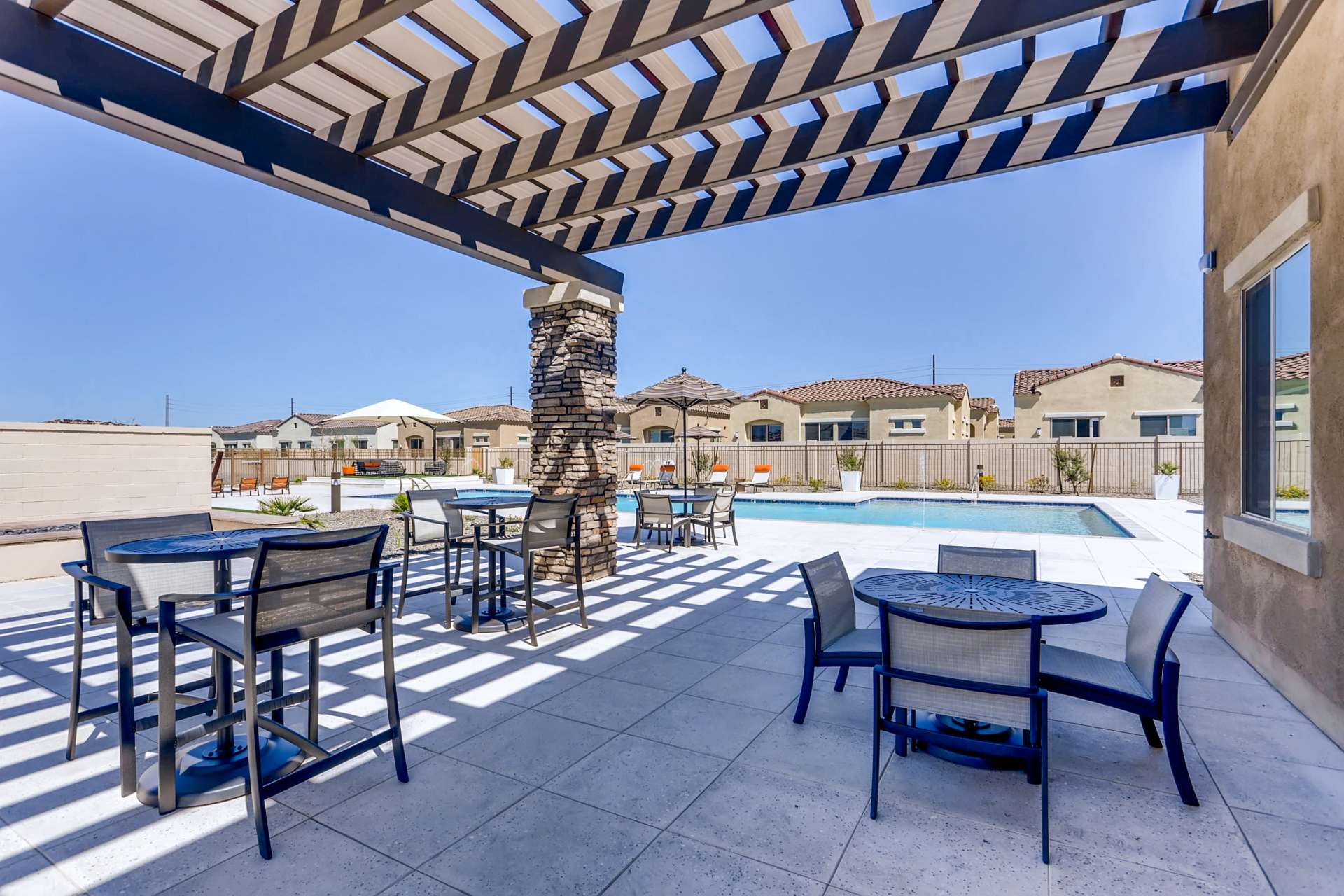Following several years of rapid growth, the single-family build-to-rent sector is expected to record an uneven performance in 2023, according to Northmarq’s Single-Family Build-to-Rent Special Report, which highlights the sectors mixed conditions after significant momentum during the past few years. The news is good in Metro Phoenix, which is No. 1 for new single-family build-to-rent development. Phoenix build-to-rent development is part of a bigger trend which has seen 20% of single-family build-to-rent construction starts in the West.
DEEPER DIVE: Here’s how the build-to-rent boom is re-shaping Phoenix
According to the report, deliveries should outpace absorption, resulting in higher vacancy rates. Tighter capital markets will restrict transactions and make undertaking new developments more challenging. Despite these obstacles, renter demand in the sector is expected to be supported by a labor market that is outperforming expectations and a for-sale housing market that continues to price out potential first-time home buyers. Longer-term, the outlook for the sector brightens — fueled by favorable demographic trends.
Report highlights:
- The single-family build-to-rent (SF BTR) market faces some mixed conditions in light of a cooling economy, a more restrictive capital environment, and an active pace of deliveries. Despite these near-term challenges, the product type is popular with renters and demographic trends are favorable, supporting the longer-term outlook.
- The labor market is outperforming expectations, which has been a bright spot in the economy to this point in 2023. Employers added 885,000 jobs during the first quarter, and year to date, more than 1 million net new jobs have been created. Most forecasts for this year called for net job losses or minimal additions.
- A combination of high mortgage rates and low supply of available homes is making it tougher to transition from renting to owning. As more households remain in the renter pool for longer periods, there should be additional demand for single-family rentals.
- Developers ramped up activity in recent years to meet current and anticipated demand for SF BTR units. Construction starts and deliveries in the sector reached all-time highs in 2022. This year, deliveries are expected to remain elevated, but starts are forecast to slow by nearly 50%.
- The accelerating pace of deliveries has pushed SF BTR vacancies higher in the past year, but renter demand has remained strong enough to support modest rent growth. Single-family rental units generally command a 35% rent premium over traditional apartments.
- Investment activity in the SF BTR sector has slowed considerably in 2023, following a similar trend in the traditional apartment market. Cap rates have crept higher during the past few quarters, averaging close to 5.25% year to date.
- The debt and equity climate is more conservative than in recent years, but deals are still getting done. The agencies are the primary lending source for acquisitions. Construction financing is more challenging to obtain, as regional banks have pulled back.




